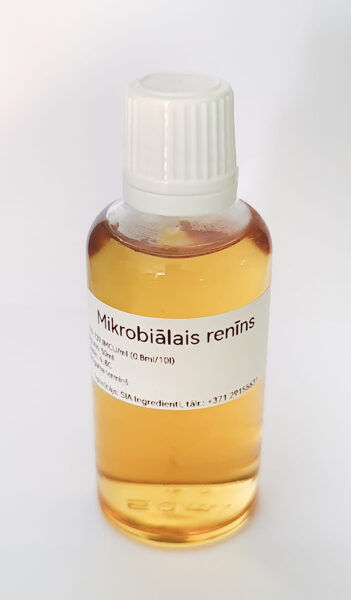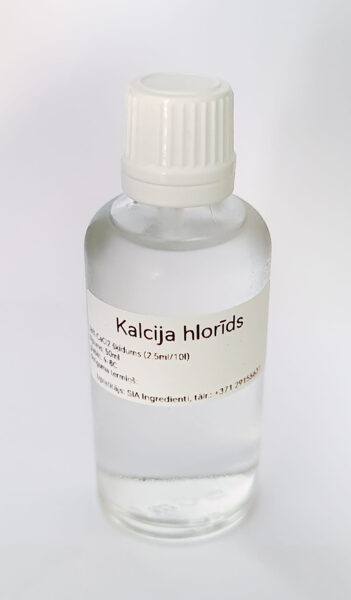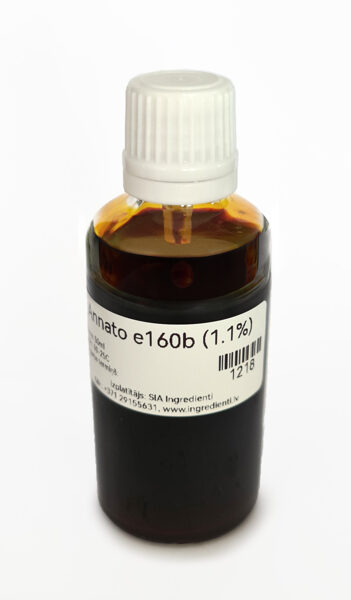Required:
- 10 liters of milk
- Micromilk TL: 0.72 gram, or Lactoferm AT cheese culture: 0.72 gram
- Lipase: 0.72 gram
- Calcium chloride (CaCl2): 2.5 milligrams
- Rennet: 1 milligram (strength 710 - 739 IMCU/ml)
- Annatto (E160b): 8 drops
- Saturated salt brine solution (24%)
Recipe
Preparing (1h 40min)
|
Processing (3h)
|
Pressing and salting (15h + 16h)
|
We look forward to your feedback!
* Freshly milked milk has bactericidal properties for a few hours, during the so-called bactericidal phase, when bacteria suppress reproduction. Cooling the milk prolongs the bactericidal phase. If the milk is obtained in strict compliance with sanitary regulations and rapidly cooled to +40 °C, the duration of the bactericidal phase is 24 hours and more. At the same temperature bactericidal phase period, impure milk has at least two to three times shorter temperature. The duration of the unrefrigerated milk phase is, on average, 2 hours.
(Source: http://www.ezerzeme.lv/lv/zinas/noderigi/5222/par-piena-kvalitati)




